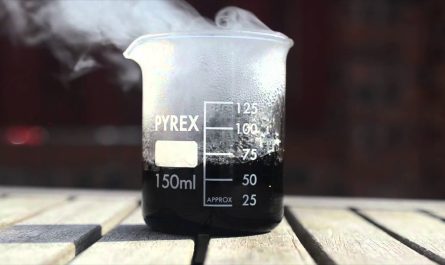Construction paints and coatings play a vital role in protecting buildings from damage caused by weathering elements like rain, sunlight, wind etc. while also helping to beautify structures. From primers and sealants to acrylic, latex and alkyd paints – there is a wide array of products available suited for different applications and surfaces. Let’s take a deeper look at some of the main types of construction paints and coatings.
Primers and Sealants
Primers and sealants form the foundational layer on buildings prior to application of topcoats. Primers help promote adhesion of subsequent coats while also providing corrosion protection. They work to fill pores in surfaces like wood, metal and concrete. Common primers include latex primers for walls, rust-inhibiting primers for metal and block fillers for concrete/masonry. Sealants are used to fill gaps and cracks, preventing moisture and air infiltration. Some popular sealants are polyurethane, silicone and acrylic sealants suitable for both interior and exterior joints/seams.
Interior Paints
A variety of Construction Paints And Coatings are used for interior walls, ceilings, trim work and other surfaces. Latex (water-based) paints are very popular for living areas due to their low odor and quick drying time. They offer durability while being mold/mildew resistant and easy to clean. Low VOC (volatile organic compound) latex paints emit fewer emissions. Alkyd or oil-based paints provide a glossier finish and are more washable but take longer to dry. Specialty paints include enamel paints for kitchens/bathrooms and anti-microbial paints with pathogens/mold-inhibiting properties.
Exterior Paints
The harshest weather conditions demand highly durable exterior paints. 100% acrylic latex formulations are very common for siding, fences, decks etc. They are breathable yet flexible and durable. Oil-based alkyd paints give maximum durability for environments like decks but require solvents for cleanup. Elastomeric roof coatings form flexible, seamless membranes protective against leaks. Anti-corrosive coatings such as epoxy and urethane are essential for protecting metals prone to rusting. Specialty masonry paints address surfaces like stucco needing moisture control.
Industrial Construction Paints and Coatings
Industrial environments require protective paint coatings suited for specific conditions and substrates. Intumescent/fireproof coatings char and expand when heated, providing thermal insulation to prevent/delay fire spread. These find use in buildings, oil rigs etc. Chemical/acid resistant coatings like polyurethane and epoxy withstand corrosive environments like chemical plants. Anti-slip/skid floor paints have additives like aluminum oxide or flint particles which confer traction to walkways. Heat resistant coatings tolerate high temperatures in settings like boiler rooms, incinerators and industrial ovens.
Traffic and Road Marking Paints
Road marking paints are specifically formulated for durability when subjected to weather, abrasion from vehicle tires and rubbing from snowplows. They contain special resins and pigments for visibility and wear-resistance. Thermoplastic road marking paints form a durable film and retroreflective beads provide visibility even at night. Epoxy and polyurea paints last the longest on highways. Traffic, parking and crosswalk marking guides safe vehicular movement through specialized industrial coatings.
Green Paint and Coating Alternatives
Growing environmental awareness is driving demand for more sustainable coating options. Water-based low VOC paints are preferable over solvent-based varieties. No/low formaldehyde emitting paints prevent volatile emissions. Recycled acrylic formulations incorporate post-consumer waste. Bio-based coatings utilize plant-derived ingredients and are renewable/biodegradable. Photocatalytic cementitious coatings aid air purification by breaking down pollutants. Heat reflective roof coatings help save energy by lowering cooling costs for buildings. Choosing eco-friendly paints and coatings can significantly reduce environmental footprint during construction and building operation.
Regulations and Standards for Construction Paints
Several regulations govern paint composition and emissions to ensure safety, quality and sustainability. Key agencies promulgate standards like VOC content limits (EPA), chemical restrictions (REACH), flammability ratings (ASTM), no lead and toxins (LEED, Greenguard), sustainability certifications (UL EcoLogo) etc. Product certification and compliance with specifications is vital when used in public facilities, schools and hazardous areas. National Coatings associations like NACE help drive innovations to develop advanced protective systems aligned with regulatory needs. Following mandated guidelines helps paint manufacturers deliver formulations suitable for commercial construction applications.
In summary, construction paints and coatings help protect structures while also enhancing aesthetics. From primers to elastomeric membranes and everything in between, choosing the right product suited for the substrate and environmental conditions is imperative. Complying with regulations ensures safety and performance. Newer sustainable technologies further construction goals while minimizing environmental impact. Overall, coatings play an important supportive role making buildings durable and functional through all phases of their lifespan.




